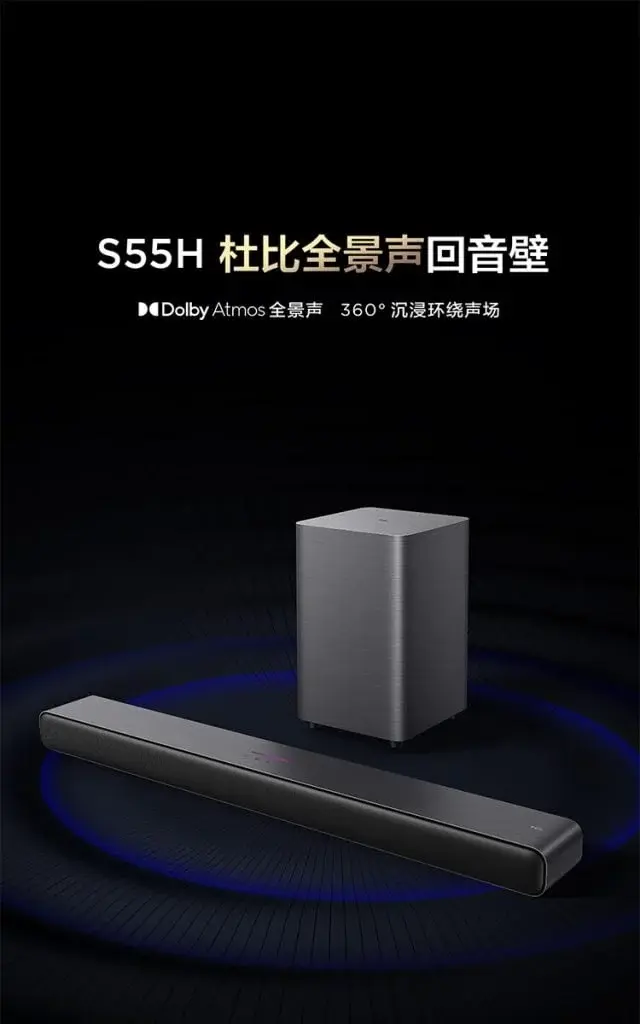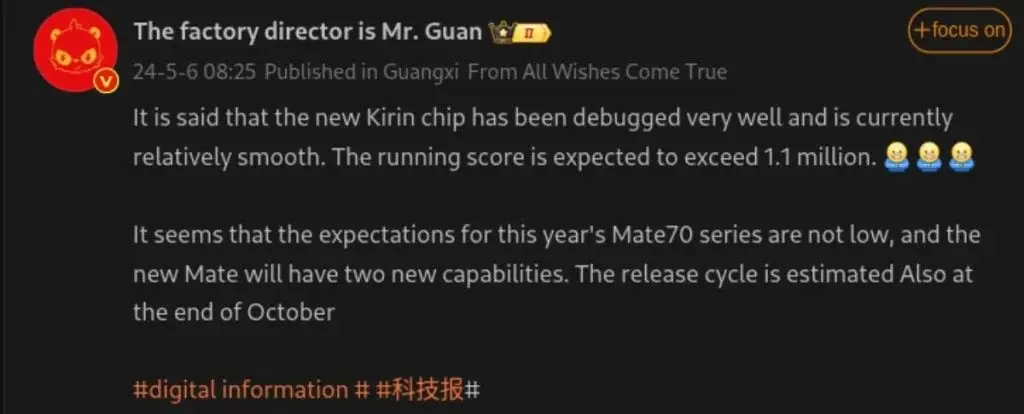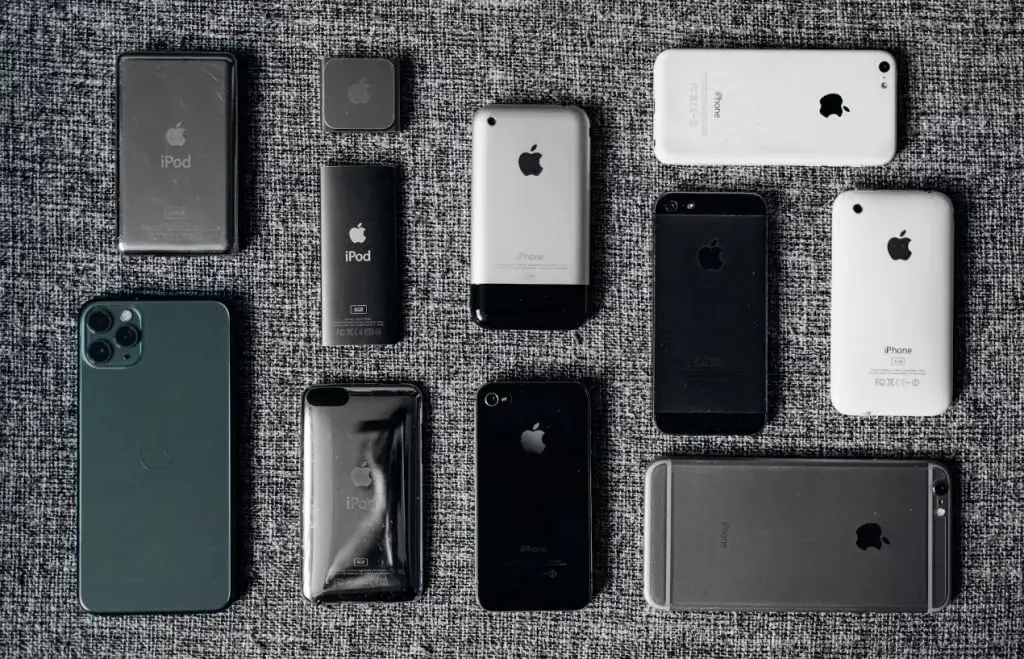Samsung G60SDEarlier today, it was highlighted that the Realme GT Neo 6 is now available for reservations on JD.com. Following this, the brand has officially hinted at the imminent launch of the smartphone. This announcement was made on the Chinese microblogging platform Weibo. It is worth noting that Realme had introduced the GT Neo 6 SE in China just last month.
Realme GT Neo 6 to Feature Snapdragon 8s Gen 3 Processor
The teaser released by Realme confirms that the GT Neo 6 will be equipped with the Snapdragon 8s Gen 3 processor. The company emphasizes that this processor ranks eighth in terms of performance, and the smartphone is set to be unveiled soon. While the exact launch date remains undisclosed, it is anticipated that more teasers will be unveiled by the brand in the following days.
The Realme GT Neo 6 is positioned as the successor to the GT Neo 5 from the previous year. Numerous leaks have shed light on the specifications of the upcoming GT Neo 6. According to the most recent retailer listing, the device will support 120W fast charging and will be offered in a 1TB storage variant. Additionally, rumors suggest that a 24GB RAM variant might also be available.
Expected Features of the Realme GT Neo 6
It is anticipated that the Realme GT Neo 6 will share some features with the GT Neo 6 SE. This includes a 1.5K OLED display boasting a 120Hz refresh rate and a peak brightness of 6,000 nits. The smartphone will be fueled by a 5,500mAh battery. Distinctions between the GT Neo 6 and Neo 6 SE may lie in the processor, battery charging capabilities, and potentially the camera setup.
Further details regarding the Realme GT Neo 6 are expected to surface in the near future.
















